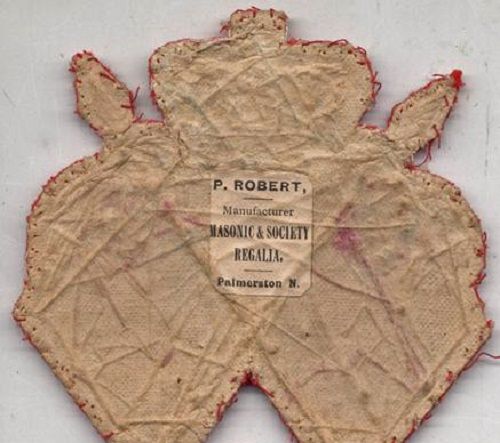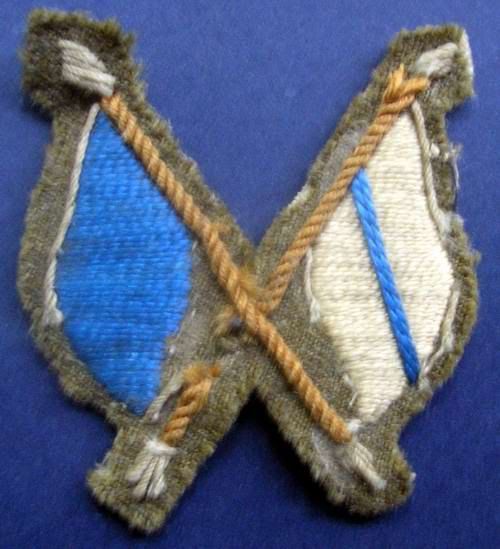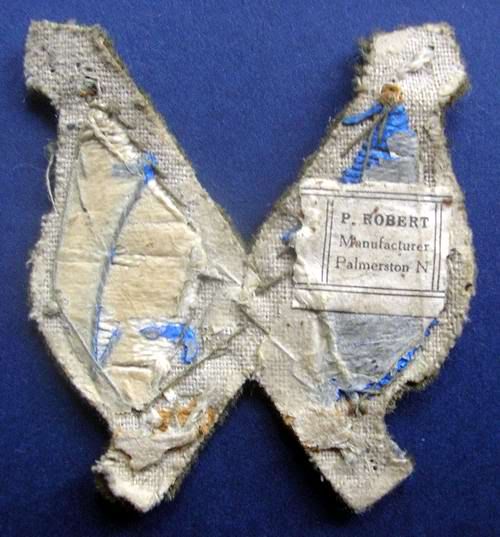I think everybody has heard the phrase “Hold the Fort.”
It is of course the famous American Civil War message “Hold the fort, for I am coming” sent by US General Sherman at Kenesaw, to General Corse at Altoona in June 1864.
General Corse’s message of reply was “I am short a cheek bone and one ear, but can whip hell out of them yet.”
What is probably not so well known is how the message was sent. —
General Corse handed the message to Lieutenant J. W. McKenzie of the US Signal Corps who was at the time in command of the signal station and a small detachment of signallers. Lieutenant McKenzie asked for a volunteer among his men to send the message. When none stepped forward to what was inviting death (Including Lieutenant McKenzie’s brother), the General, seeing no man go forward, said to the Lieutenant, “I thought you said this message could be sent.”
Without further delay Lieutenant McKenzie mounted the signal station and commenced ‘Bending’ the message, expecting every moment to be shot. The flag was about eighteen feet long and the wind was blowing some, and the Lieutenant found it very hard work and felt as though he would give out before it was done.
At the moment when it seemed he could stand it no longer, a stranger, not a member of the signal corps, came up behind him, put his arms around the Lieutenant and along his arms, took hold of the flag-staff, and standing behind him, helped him to wave the answer back to Sherman.
I can only wonder how long it took to bend 17 words (53 letters)?
The US Army and the Confederate Army both formed Signal Corps during the Civil war, as to which was formed first, I can also only wonder?
Wikipedia states the origins of the British Army signallers can be traced back to 1870 when “C” Telegraph troop, Royal Engineers was founded under Captain Montague Lambert.
Given that the New Zealand military authorities always closely followed the guidelines of the British, this would explain the traditional connection of the Engineers with the NZ Telegraph and Signal Corps.
The big question I am hoping Cliff might answer, is who and when was the first NZ signal unit formed????????
From a Wellington Regiment perspective, it seems to me that the Russian War scare of 1885 was when most NZ “Signalling Squads” or sometimes referred to as “Signalling Sections” began to start forming.
The earliest Wellington unit that I have found to have formed is the Wellington Guards Signalling Squad which held their first practice of semaphore flags on the 11th October 1884. The stations extended from Oriental Bay to the Hospital at Newtown and is recorded as “not quite so successful”
While Cliff may come up with an earlier NZ Signal unit that may have been formed. I believe the Wellington Guards Signalling Squad would probably be the first to have adopted a specialist badge.
Unfortunately I have not heard of any surviving examples, however I do have a description of the badge which dates November 1884.
The lacework badge consisted of crossed flags of white corded silk, edged with silver on a crimson ground.
One flag bearing the letter “W” and the other “G,” both in gold.
Flagstaffs are crossed in the centre of a circle of blue, edged with silver, the motto “Sub Silentio” being worked round the circle in silver, and above the circle is placed a gold crown.
The manufacturer of the badges was C. W. Robert of Palmerston North.
(Sub Silentio is Latin for ‘under silence’ or without notice being taken)
I think it is worth mentioning that Charles William Robert is extreamly important to the NZ badge enthusiasts.
Although I have not checked the geneology, it is recorded that Charles ancestor had brought the art of Silver and Gold lacework embroidering to England after fleeing from France due to the persecution of prodestents in the late 1600s. The art was passed from generation to generation until Charles assumed control of the London Business.
Charles quickly demonstrated that the perfection of the art had lost nothing in his hand. At the London Exhibition of 1866 Charles Robert obtained eight first-class prize medals and is said to have made the communion cloth used at St. Paul's Cathedral in London. Charles is also credited for the emblems for Sir John Lawrence, Vice-regal Governor of India, and those for the Emperor of Russia on the occasion of his visit to Buckingham Palace as the guest of Her Majesty Queer Victoria.
Charles along with his 12 year old son Percy Robert, arrived in New Zealand around 1874, setteling on land at Stoney Creek in the Manawatu District. For 8 years Charles devoted himself to agricultural pursuits, the traditions of generations proved too strong for him, and in 1882 he established himself in his old gold and silver embroidery business at Palmerston North.
(The local Palmerston library mentions Charles arrived in 1872, however some of their information was very wrong, so I am sticking with 1874)
Prior to 1882, Gold and Silver woven badges were generally orderd from England, although I would accept locally produced one offs. From what I can tell, Charles Robert had no compeditors in his business, and virtually supplied all the NZ Volunteer cloth badges until his death in June 1898.
Percy Robert who had served in the Alexandra Cavalry, worthily followed in his father's footsteps taking over the business. He made a reputation that extended not only to all parts of New Zealand, but also to Australia, and also received seven first-class exhibition medals for his work. During WW1, Percy was the official supplier to the NZ Government of cloth insignia.
I think it is also woth mentioning that neither Charles nor Prercy Robert used machines to manufacture badges.



